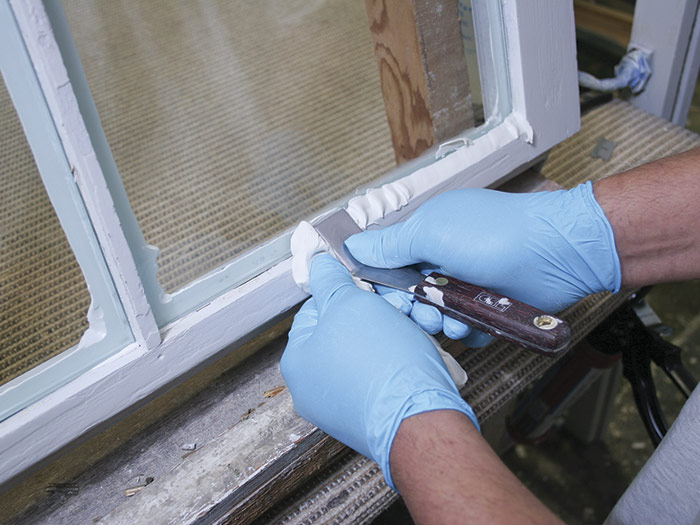custom-glass-repair8172
custom-glass-repair8172
The 10 Most Scariest Things About Storefront Glazing
Storefront Glazing: Enhancing Aesthetics and Functionality
Storefront glazing is an important element of commercial architecture, playing a vital role in how businesses present themselves to the general public. It integrates both kind and function, offering visual appeal while likewise making sure energy performance and visibility. This short article checks out the numerous kinds of storefront glazing, their advantages, factors to consider, and best practices for installation.

Comprehending Storefront Glazing
Storefront glazing refers to the glass components of a building’s exterior, particularly in commercial settings. It includes windows, glass doors, and often glass walls that comprise the entrance or display screen locations of retail and other public-facing businesses. The option of glazing materials can considerably affect not only the appearance of a storefront however likewise its general efficiency.
Kinds Of Storefront Glazing
-
Single Glazing:
- Consists of one layer of glass.
- Usually less energy-efficient.
- Frequently utilized in older structures.
-
Double Glazing:
- Features 2 layers of glass with an insulating space in between.
- Provides much better thermal insulation and soundproofing.
- Commonly used in modern stores.
-
Triple Glazing:
- Incorporates 3 layers of glass.
- Provides optimum insulation and energy effectiveness.
- Best fit for exceptionally cold environments.
-
Low-E Glass:
- Coated with an unique film that reflects UV rays and lessens heat loss.
- Helps keep comfortable indoor temperature levels.
- Ideal for energy-conscious services.
-
Tempered Glass:
- Heat-treated to be stronger than basic glass.
- Shatters into little, safer pieces when broken.
- Often utilized in high-traffic areas for added security.
-
Laminated Glass:
- Composed of two or more layers of glass bonded by an interlayer.
- Provides sound insulation and enhanced security.
- Can be beneficial in locations prone to vandalism.
Benefits of Storefront Glazing
Storefront glazing deals many benefits to businesses and structure owners, including:
-
Aesthetic Appeal: A well-designed storefront enhances the visual appeal of an organization, attracting consumers and enhancing brand image.
-
Natural Light: High-quality glazing can optimize natural light, producing a pleasant atmosphere inside the store.
-
Energy Efficiency: Advanced glazing materials can considerably lower energy consumption, resulting in cost savings on heating and cooling.
-
Security and Security: Using strong and laminated glass can assist secure against break-ins and mishaps.
-
Marketing Opportunities: Glazed shops offer exceptional exposure for items and promos, boosting marketing efforts.
| Advantage | Description |
|---|---|
| Aesthetic Appeal | Enhances visual attractiveness of an organization. |
| Natural Light | Takes full advantage of daylight within interiors. |
| Energy Efficiency | Reduces energy costs through improved insulation. |
| Security and Security | Secures versus invasions and accidents. |
| Marketing Opportunities | Boosts item exposure and draws clients in. |
Considerations for Choosing Storefront Glazing
When picking the suitable glazing for a storefront, a number of factors must be considered:
-
Location: The geographical area and environment determine the kind of glazing required for ideal performance.
-
Structure Design: The architectural style and products used in the building might influence the choice of glazing.
-
Regulatory Standards: Local building regulations might have particular requirements relating to safety and energy performance.
-
Spending plan: High-performance glazing alternatives can be more expensive, however typically cause long-lasting cost savings.
-
Functionality: Consider the primary function of the storefront: Is it mainly for display or does it likewise need to offer privacy and security?
Best Practices for Installation
Appropriate installation is vital to optimizing the efficiency and longevity of storefront glazing. Here are some best practices:
-
Hire Experienced Professionals: Always work with certified glazing contractors who comprehend the subtleties of commercial installations.
-
Make Sure Proper Sealing: Well-sealed joints avoid air and water leaks, boosting energy performance.
-
Usage Quality Materials: Opt for high-quality glass and framing materials that stand up to environmental factors.
-
Routine Maintenance: Implement an upkeep schedule to clean and examine the glazing, guaranteeing its durability and performance.
Regularly Asked Questions (FAQs)
Q1: What is the distinction in between double and triple glazing?
A1: Double glazing consists of 2 layers of glass, while triple glazing includes three layers. Triple glazing supplies much better thermal insulation, making it more energy-efficient.
Q2: How does low-E glass work?
A2: Low-E glass has an unique coating that reflects heat and blocks UV rays, assisting to control indoor temperatures and secure furnishings from sun damage.
Q3: Is tempered glass essential for all shops?
A3: While not necessary for all stores, tempered glass is suggested for locations where safety is vital, such as entrances or high-traffic areas.
Q4: Can storefront glazing impact my energy costs?
A4: Yes, the ideal glazing can considerably lower heating & cooling costs through better insulation and energy effectiveness.
Q5: How often should storefront glazing be preserved?

A5: Regular upkeep must be scheduled a minimum of when a year, but cleaning and examinations should be performed more regularly in high-traffic areas.
Storefront glazing is an essential function of contemporary commercial architecture that integrates visual appeal and practical functionality. By comprehending the types of glazing available, their advantages, and crucial considerations for selection and installation, companies can make informed choices that improve their exposure, security, and overall efficiency. In a market driven by very first impressions, a well-designed storefront can make all the difference in bring in consumers and standing apart in a competitive market.



